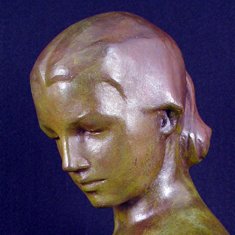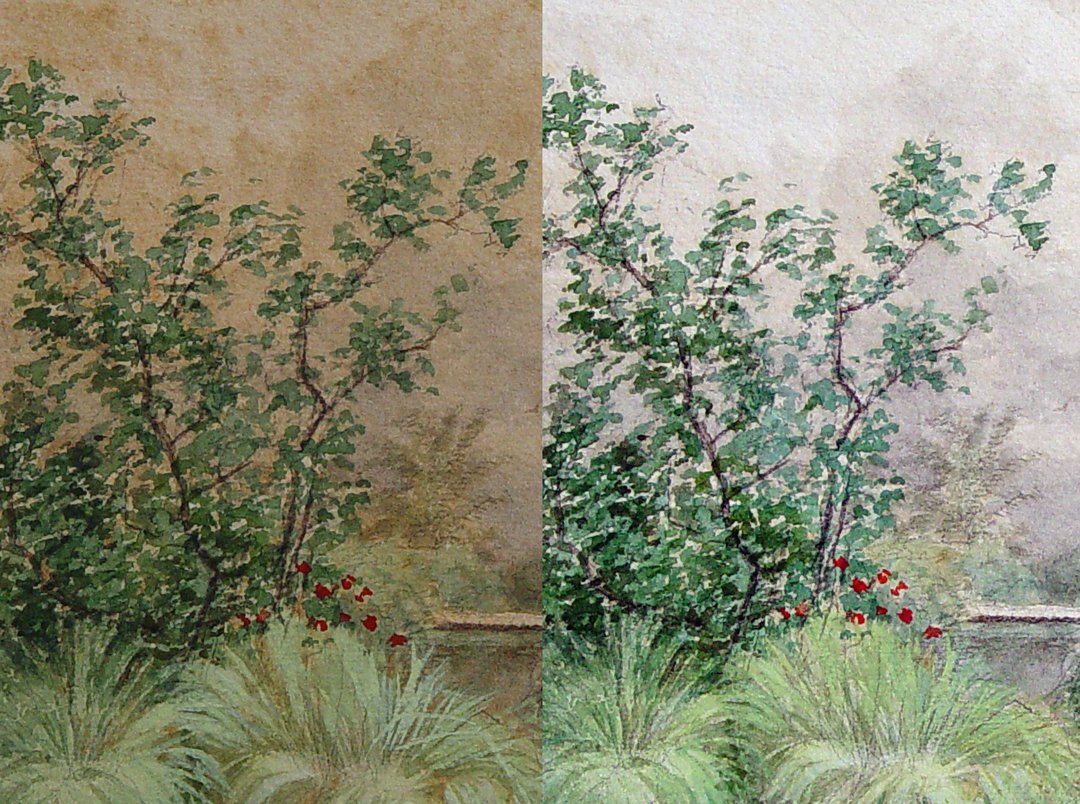The Passage of Time also Paints
How far should a conservation-restoration process go? As the time passes by, materials darken, protective coatings yellow or become opaque, superficial grime accumulates over the artworks, etc. Furthermore, there are some factors




